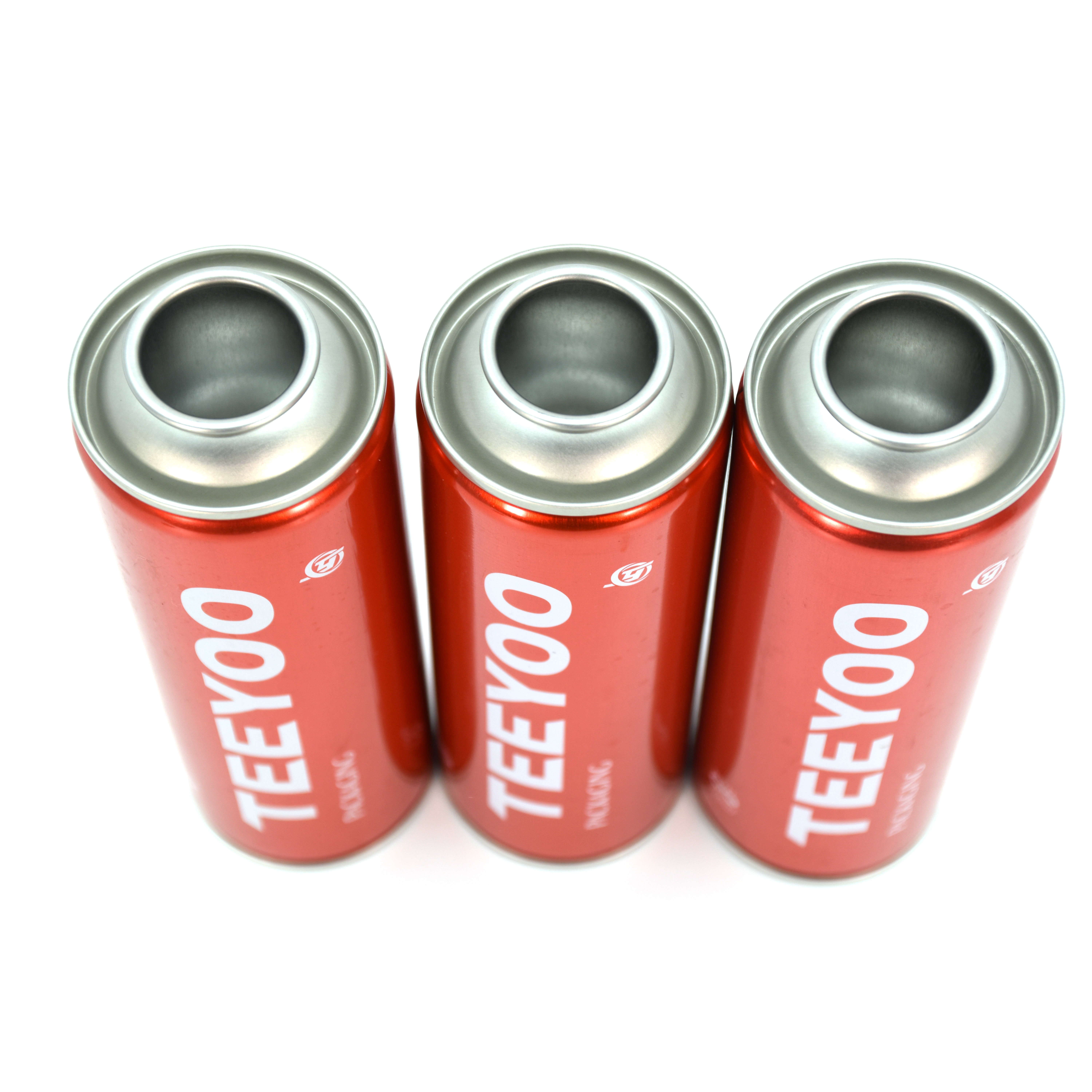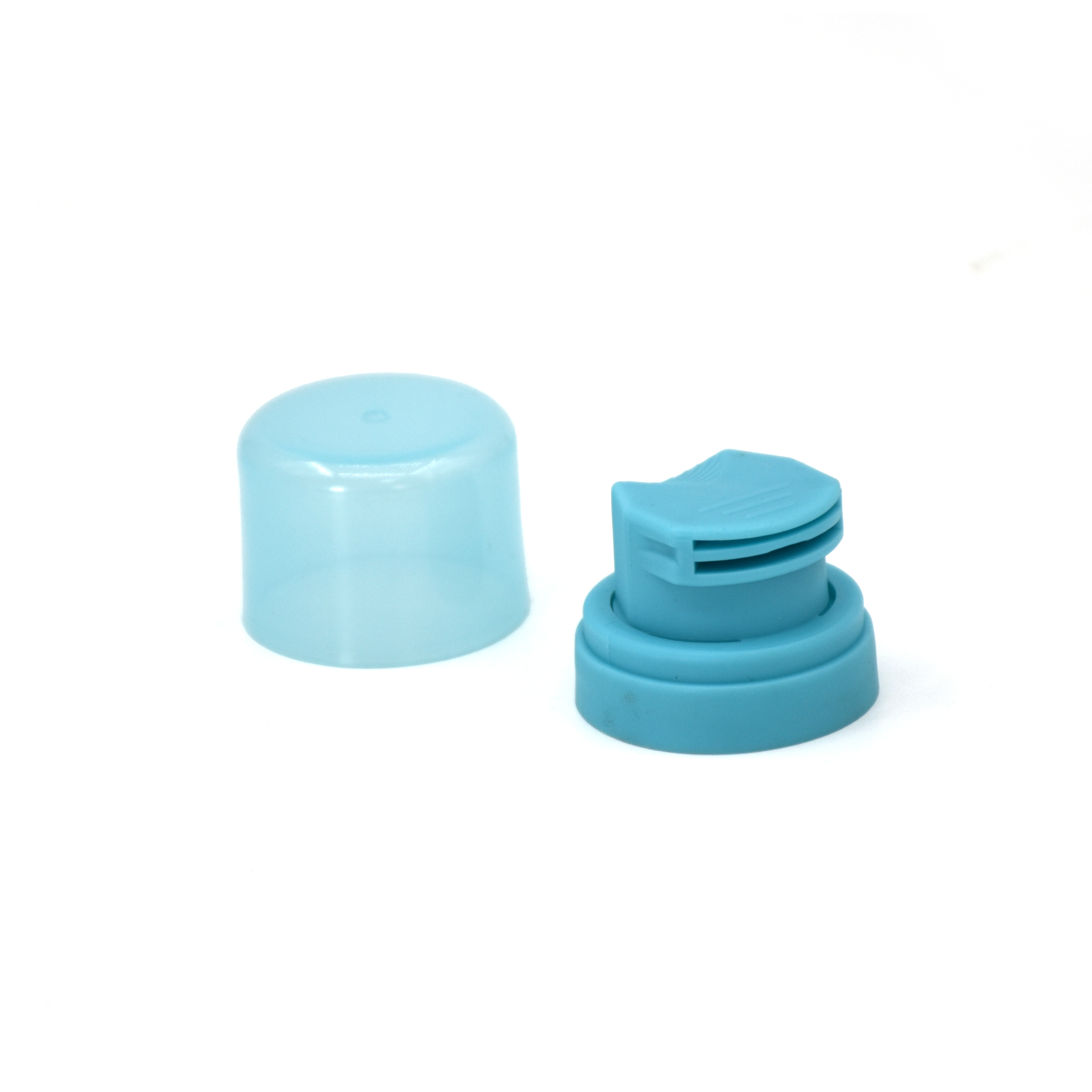Understanding Actuators for Aerosol Cans: Key Components in Spray Technology
Jul 02,2025
Actuators play a vital role in the functionality of aerosol cans, serving as the mechanism that controls the release of the product within. Understanding the different types of actuators and their applications is essential for professionals in the hardware and aerosol industries. This article delves into the components that make up actuators for aerosol cans, their working principles, and the significance they hold in various spray applications.
An actuator for aerosol cans typically consists of a few key parts: a nozzle, a stem, and a trigger or button mechanism. When the user presses the button, the actuator opens a valve, allowing the pressurized contents to escape in a controlled manner. This process not only ensures a consistent spray pattern but also optimizes the dispersion of the product, whether it be paint, cleaning solutions, or personal care items.
There are various types of actuators used in aerosol cans, each designed for specific applications. For instance, continuous spray actuators allow for a steady stream of product with a single press, while metered dose actuators dispense a precise amount of product with each activation. Understanding the right actuator type for your aerosol product can significantly enhance its usability and effectiveness.
The materials used in actuator construction are also crucial. Typical materials include plastics and metals, which need to withstand high pressure and corrosive contents. The choice of material impacts both the durability and functionality of the actuator. Professionals must consider the chemical compatibility of the actuator with its contents to ensure safety and performance.
Moreover, the design of the actuator can influence consumer experience. Ergonomic designs make it easier for users to apply the product comfortably, which can lead to increased satisfaction and repeat usage. In industries such as automotive, personal care, and home maintenance, the choice of an actuator can significantly affect product performance and customer perception.
In summary, actuators for aerosol cans are indispensable components that enhance product functionality, safety, and user experience. By understanding the various types and designs of actuators, professionals can make informed decisions that improve both the effectiveness of their products and the satisfaction of their customers. As innovation continues in spray technology, staying informed about actuator advancements will be key to maintaining a competitive edge in the market.
An actuator for aerosol cans typically consists of a few key parts: a nozzle, a stem, and a trigger or button mechanism. When the user presses the button, the actuator opens a valve, allowing the pressurized contents to escape in a controlled manner. This process not only ensures a consistent spray pattern but also optimizes the dispersion of the product, whether it be paint, cleaning solutions, or personal care items.
There are various types of actuators used in aerosol cans, each designed for specific applications. For instance, continuous spray actuators allow for a steady stream of product with a single press, while metered dose actuators dispense a precise amount of product with each activation. Understanding the right actuator type for your aerosol product can significantly enhance its usability and effectiveness.
The materials used in actuator construction are also crucial. Typical materials include plastics and metals, which need to withstand high pressure and corrosive contents. The choice of material impacts both the durability and functionality of the actuator. Professionals must consider the chemical compatibility of the actuator with its contents to ensure safety and performance.
Moreover, the design of the actuator can influence consumer experience. Ergonomic designs make it easier for users to apply the product comfortably, which can lead to increased satisfaction and repeat usage. In industries such as automotive, personal care, and home maintenance, the choice of an actuator can significantly affect product performance and customer perception.
In summary, actuators for aerosol cans are indispensable components that enhance product functionality, safety, and user experience. By understanding the various types and designs of actuators, professionals can make informed decisions that improve both the effectiveness of their products and the satisfaction of their customers. As innovation continues in spray technology, staying informed about actuator advancements will be key to maintaining a competitive edge in the market.










